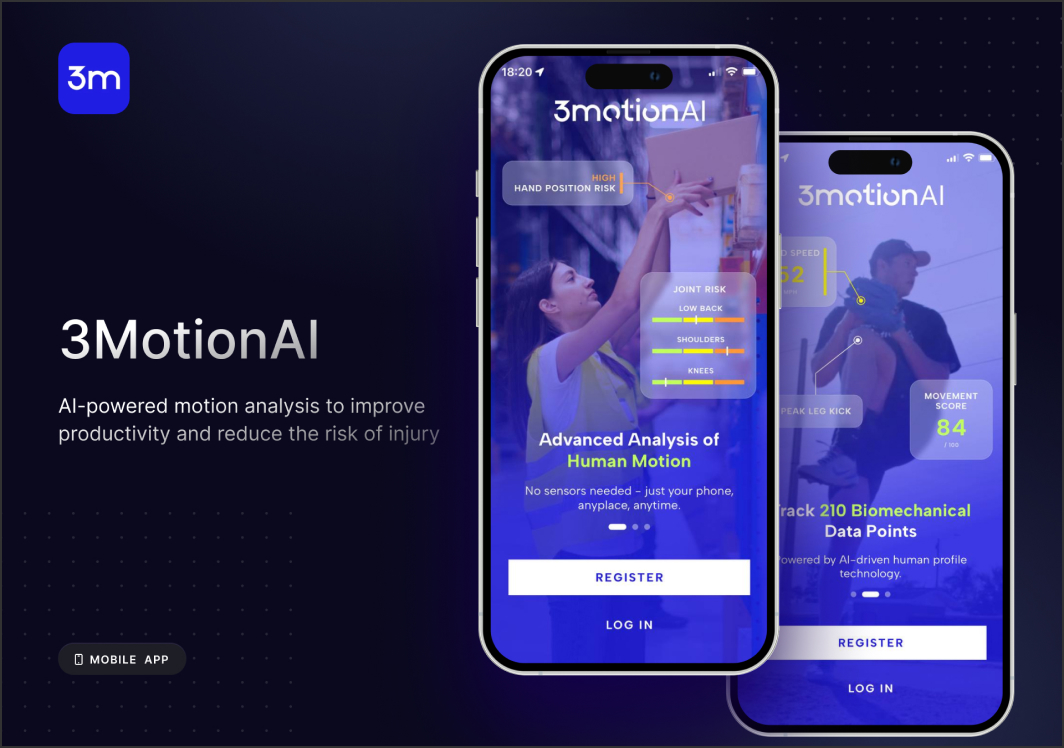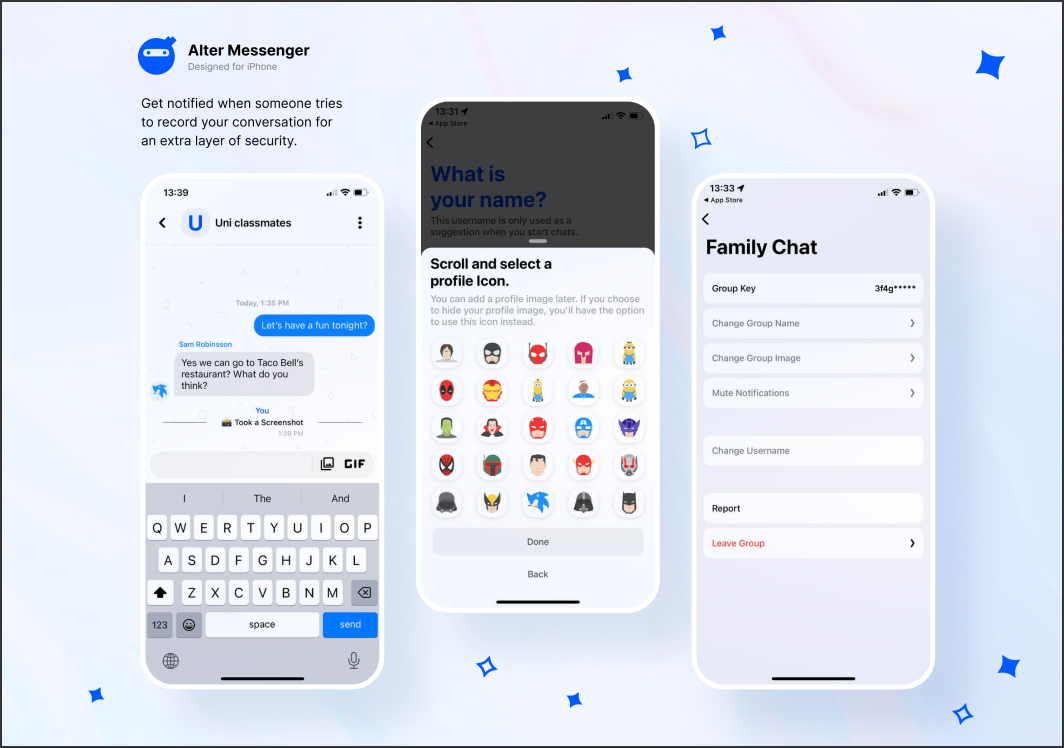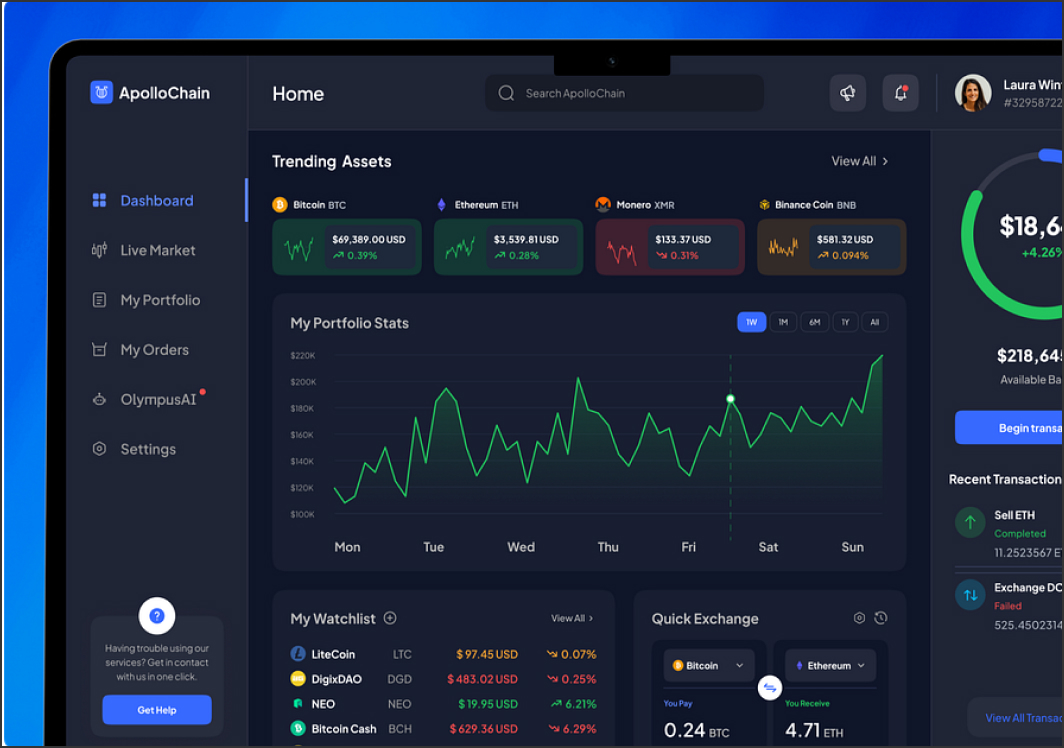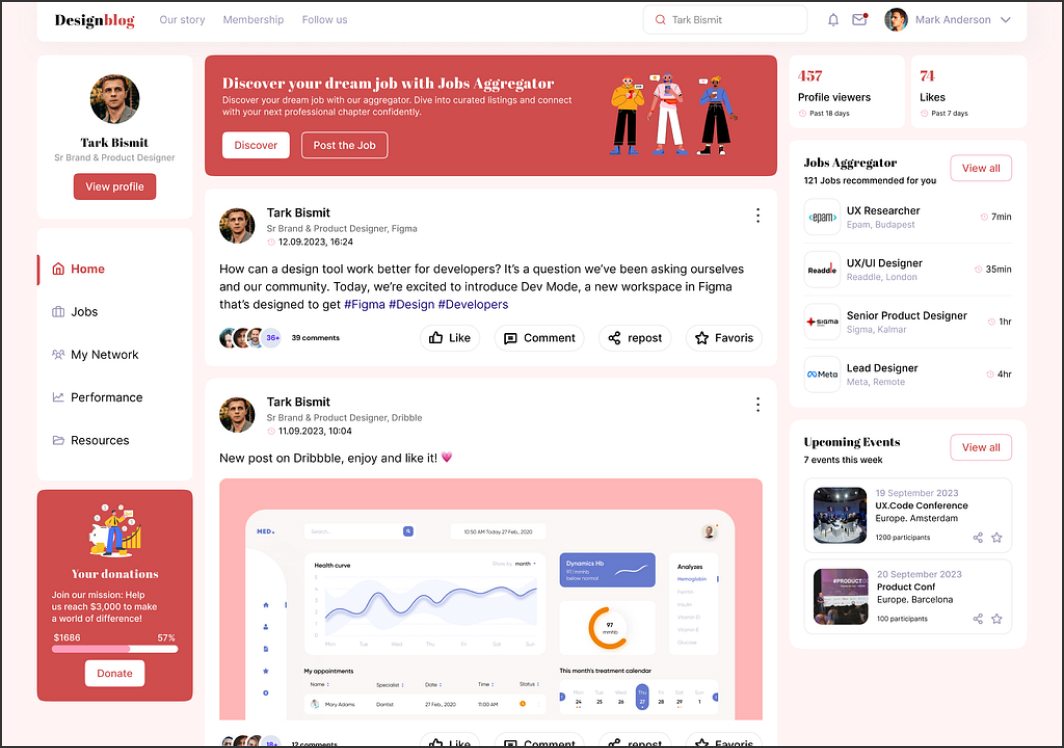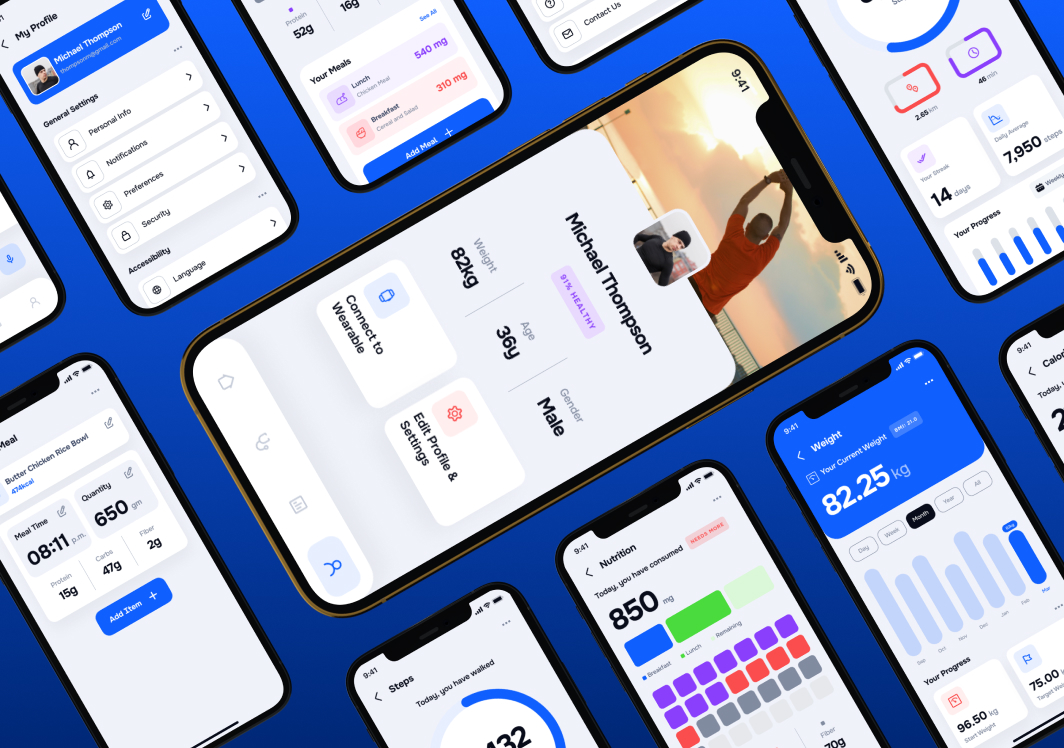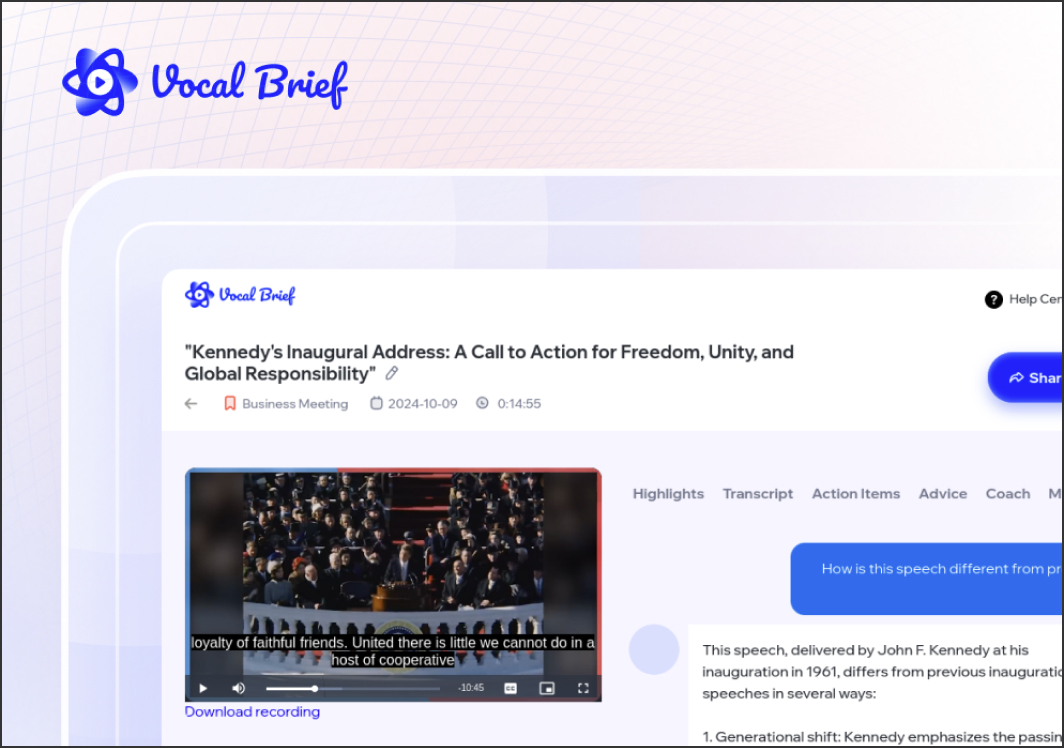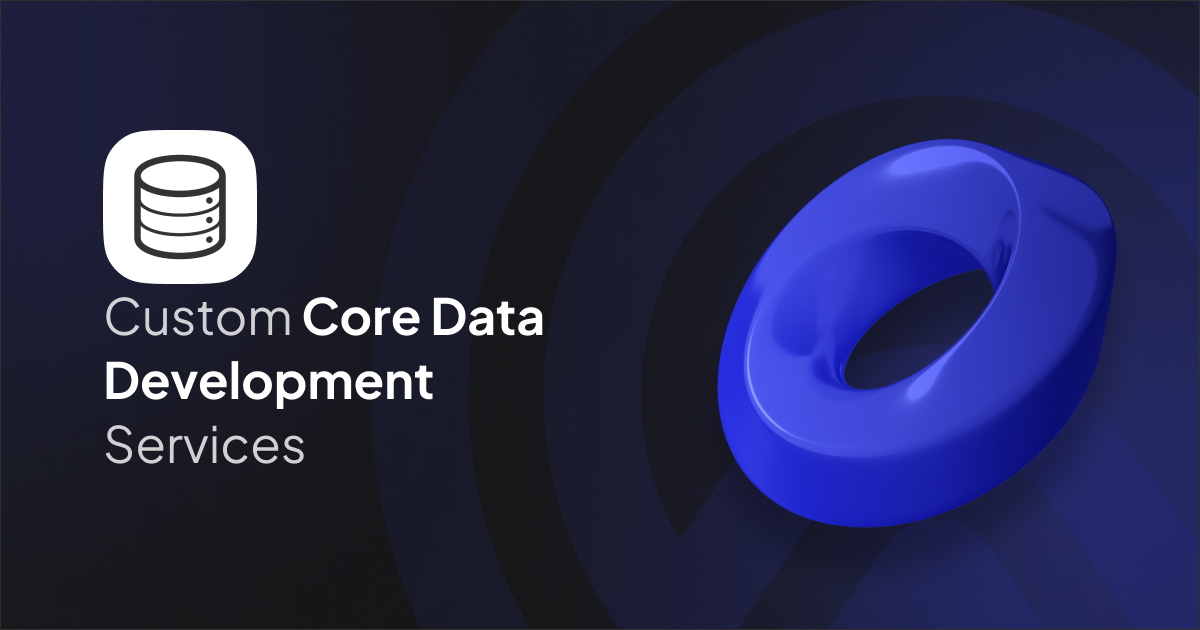Running an online business—whether it’s a startup selling products or a service app—means keeping users happy with fast, reliable experiences. Core Data, Apple’s go-to tool for managing data in iOS apps, helps you do just that. It stores user info securely, works offline, and powers personalized features like product recommendations or workout tracking. Perfect for e-commerce, fitness, or content apps, Core Data ensures your app runs smoothly while keeping data private. Let’s dive into how it can boost your online success with practical tips for business owners like you.
Picture an e-commerce app where users can shop offline or a fitness app saving progress without Wi-Fi. Core Data makes this happen, and we’ll show you how it fits into your digital strategy.
How Core Data Works: The Basics You Need
Core Data isn’t just a database—it’s a smart way to organize and access your app’s data. Here’s what makes it tick:
- Data Models: Think of these as blueprints for organizing things like products or user profiles.
- Storage System: Saves data on the device for fast access, even offline.
- Smart Queries: Pulls just the data you need, like a user’s recent orders, without slowing things down.
- Safe Updates: Keeps data changes smooth and secure across app sessions.
- Thread Safety: Ensures your app stays fast and crash-free.
Here’s a quick Swift example to set up Core Data for an online store:
import CoreData
class DataManager {
static let shared = DataManager()
let persistentContainer: NSPersistentContainer
private init() {
persistentContainer = NSPersistentContainer(name: "StoreModel")
persistentContainer.loadPersistentStores { _, error in
if let error = error { print("Core Data setup failed: \(error)") }
}
}
}
This sets up a data model for products or users, making it easy to build a reliable app.
Real-World Uses: Core Data for Better Apps
Core Data powers apps in ways that drive business growth. Here’s how it helps:
Offline Shopping
For e-commerce, Core Data lets users browse products or save carts without internet. This keeps customers engaged, even on spotty connections, boosting sales.
Personalized Experiences
Store user preferences locally to suggest relevant products or content. For example, a news app can recommend articles based on past reads, increasing user time in-app.
Seamless Cloud Sync
Combine Core Data with CloudKit to sync data across devices. A fitness app, for instance, can save workouts locally and update them to the cloud when online.
4 Ways Core Data Helps Your Users:
- Browse products offline for uninterrupted shopping.
- Offer tailored suggestions based on user history.
- Load data quickly for a smooth app experience.
- Keep user info secure to build trust.
Example: A startup’s travel app uses Core Data to store trip itineraries offline, letting users plan vacations anywhere. Personalized tips based on saved preferences increase bookings by 15%.
How to Add Core Data to Your App
Adding Core Data to your iOS app is easier than it sounds. Here’s a simple guide:
- Create a Data Model: Use Xcode to define entities, like “Product” with name and price.
- Set Up Storage: Initialize Core Data with NSPersistentContainer for easy management.
- Save User Data: Store things like carts or profiles using NSManagedObject.
- Fetch Smartly: Write queries to grab specific data, like recent purchases.
- Test Everything: Use Xcode tools to check data flows smoothly.
Here’s a sample query to fetch products in a category:
let request: NSFetchRequest<Product> = Product.fetchRequest()
request.predicate = NSPredicate(format: "category == %@", "Clothing")
request.fetchLimit = 10
let products = try? persistentContainer.viewContext.fetch(request)
Pro Tip: Use fetch limits and indexes to keep your app fast, especially with big datasets. Core Data works great with SwiftUI or UIKit for modern app designs.
What’s New with Core Data in 2025
In 2025, Core Data gets better for today’s apps:
- Easier Async Code: New Swift Concurrency support makes data tasks smoother and faster.
- Stronger Security: Enhanced encryption keeps user data safe and compliant.
- AI-Friendly: Pairs better with Core ML for apps blending data and machine learning.
These updates mean faster apps and happier users, perfect for businesses aiming to stand out online.
Overcoming Core Data Challenges
Core Data is awesome but has some quirks:
- Learning Curve: It can feel tricky at first. Fix: Start with NSPersistentContainer for a simpler setup.
- Model Updates: Changing data structures needs care. Fix: Use lightweight migrations to avoid headaches.
- Big Data: Large datasets can slow things down. Fix: Add indexing and batch processing.
If you need cross-platform options, check out Realm for simpler APIs or Firebase for cloud-based data. Still, Core Data’s tight iOS integration makes it a top choice for Apple apps.
Core Data FAQs
- Can Core Data handle big datasets?
Yes, with indexing and batching, it manages large data efficiently. - Is Core Data secure?
It stores data locally with encryption, meeting strict privacy standards. - Does it work offline?
Core Data is built for offline use, ideal for apps needing constant access. - Can it sync with the cloud?
Yes, it integrates with CloudKit for seamless cross-device syncing. - Is it hard to learn?
It takes some practice, but tools like NSPersistentContainer make it manageable. - How does it stack up against SQLite?
Core Data’s higher-level API simplifies complex data relationships compared to raw SQLite.
Core Data: Your Key to Better Apps
Core Data is your secret weapon for building iOS apps that keep users coming back with fast, offline, and personalized experiences. Whether you’re running an online store or a content platform, it helps you manage data like a pro, driving engagement and growth. At Alpina Tech, we’re here to help you make the most of Core Data in your next project—just reach out to get started!
Page Updated: 2025-09-24















